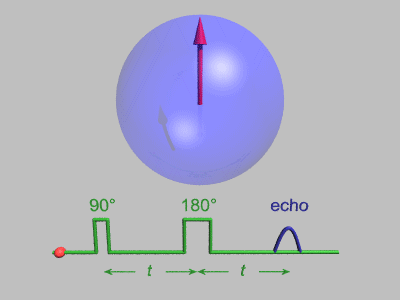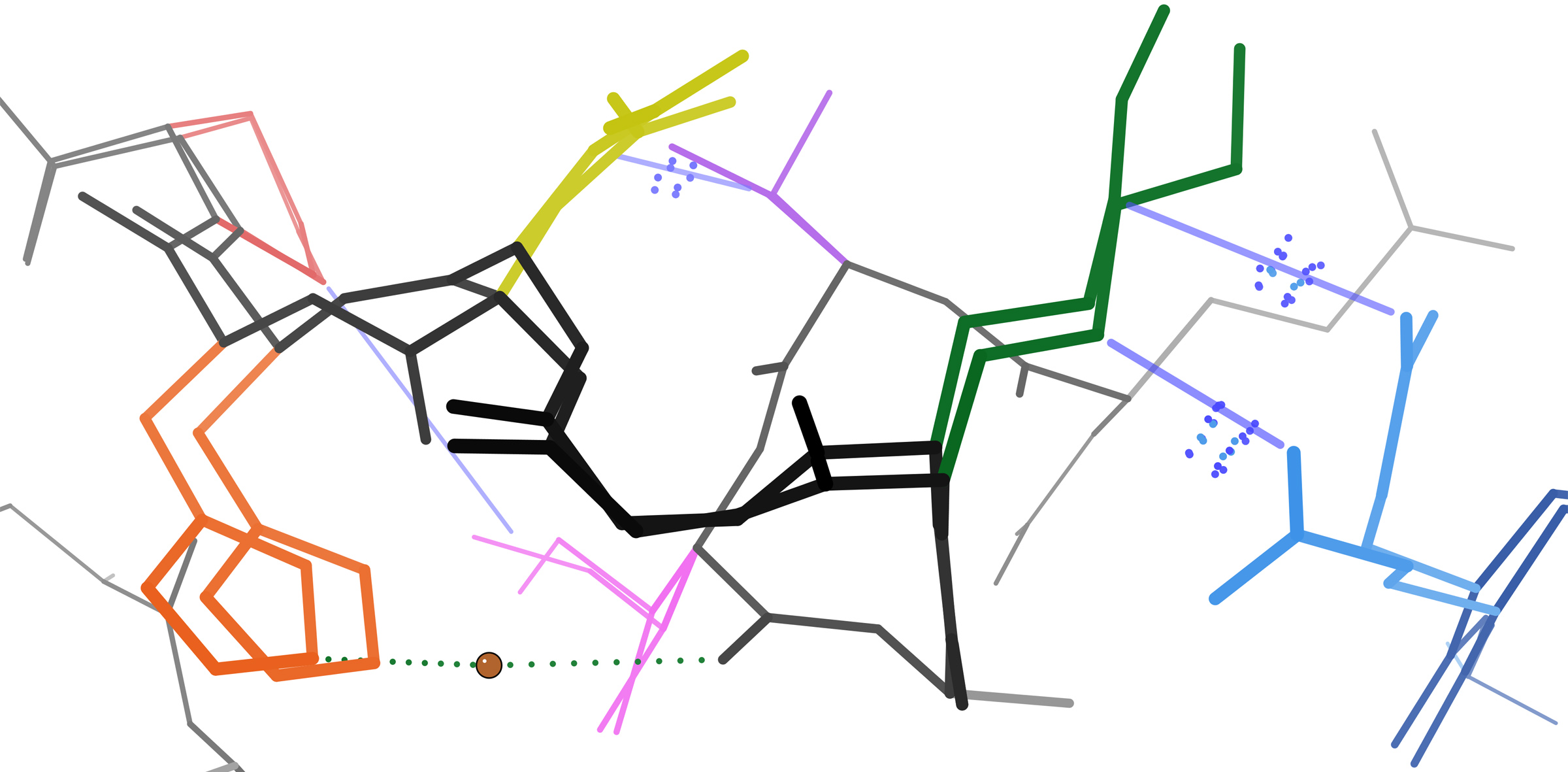|
China Spallation Neutron Source
The China Spallation Neutron Source is an accelerator-based neutron source, operated by the Institute of High Energy Physics, under construction at Dongguan in Guangdong province - the first major scientific facility in south China. The project was approved by Chinese central government in 2005. Construction began 20 October 2011, with commissioning planned for 2016, and operation in 2018. The source contains a proton synchrotron fed by a linear accelerator; short (<500ns) pulses of 1.6 GeV protons are extracted from the synchrotron 25 times a second; these pulses strike a tungsten-metal target (cooled with heavy water) to produce energetic neutrons, which are reduced to scientifically-interesting energies by a variety of moderators. The intended budget for the project is 1.5 billion CNY;http://accelconf.web.cern.ch/AccelConf/a07/PAPERS/WEZMA02.PDF this limits the initial po ... [...More Info...] [...Related Items...] OR: [Wikipedia] [Google] [Baidu] |
Institute Of High Energy Physics
The Institute of High Energy Physics of the Chinese Academy of Sciences (IHEP) () is the largest and most comprehensive fundamental research center of high-energy physics in China. It is located in Shijingshan District, Beijing and administered by the Chinese Academy of Sciences. The major research fields of IHEP are particle physics, astrophysics and astroparticle physics, accelerator physics and technologies, radiation technologies, and their applications. Related * Beijing Electron-Positron Collider (BEPC and BEPCII) * Beijing Proton Linac (BPL) * Beijing Spectrometer III (BES III) * Beijing Synchrotron Radiation Facility * Beijing Test Beam Facility * China Spallation Neutron Source * Dark Matter Particle Explorer (DAMPE) * Daya Bay Reactor Neutrino Experiment * Hard X-ray Modulation Telescope (HXMT) * High Energy cosmic Radiation Detector facility (HERD) * Jiangmen Underground Neutrino Observatory (JUNO) * Large High Altitude Air Shower Observatory (LHAASO) * POLAR ... [...More Info...] [...Related Items...] OR: [Wikipedia] [Google] [Baidu] |
Dongguan
Dongguan (; ) is a prefecture-level city in central Guangdong Province, China. An important industrial city in the Pearl River Delta, Dongguan borders the provincial capital of Guangzhou to the north, Huizhou to the northeast, Shenzhen to the south, and the Pearl River to the west. It is part of the Pearl River Delta built-up (or metro) area with more than 65.57 million inhabitants as of the 2020 census spread over nine municipalities across an area of . Dongguan's city administration is considered especially progressive in seeking foreign direct investment. Dongguan ranks behind only Shenzhen, Shanghai and Suzhou in exports among Chinese cities, with $65.54 billion in shipments. It is also home to one of the world's largest shopping malls, the New South China Mall,Utopia, Part 3: The World’s Largest Shopping Mall ... [...More Info...] [...Related Items...] OR: [Wikipedia] [Google] [Baidu] |
Guangdong Province
Guangdong (, ), alternatively romanized as Canton or Kwangtung, is a coastal province in South China on the north shore of the South China Sea. The capital of the province is Guangzhou. With a population of 126.01 million (as of 2020) across a total area of about , Guangdong is the most populous province of China and the 15th-largest by area as well as the second-most populous country subdivision in the world (after Uttar Pradesh in India). Its economy is larger than that of any other province in the nation and the fifth largest sub-national economy in the world with a GDP (nominal) of 1.95 trillion USD (12.4 trillion CNY) in 2021. The Pearl River Delta Economic Zone, a Chinese megalopolis, is a core for high technology, manufacturing and foreign trade. Located in this zone are two of the four top Chinese cities and the top two Chinese prefecture-level cities by GDP; Guangzhou, the capital of the province, and Shenzhen, the first special economic zone in ... [...More Info...] [...Related Items...] OR: [Wikipedia] [Google] [Baidu] |
Biological Small-angle Scattering
Biological small-angle scattering is a small-angle scattering method for structure analysis of biological materials. Small-angle scattering is used to study the structure of a variety of objects such as solutions of biological macromolecules, nanocomposites, alloys, and synthetic polymers. Small-angle X-ray scattering (SAXS) and small-angle neutron scattering ( SANS) are the two complementary techniques known jointly as small-angle scattering (SAS). SAS is an analogous method to X-ray and neutron diffraction, wide angle X-ray scattering, as well as to static light scattering. In contrast to other X-ray and neutron scattering methods, SAS yields information on the sizes and shapes of both crystalline and non-crystalline particles. When used to study biological materials, which are very often in aqueous solution, the scattering pattern is orientation averaged. SAS patterns are collected at small angles of a few degrees. SAS is capable of delivering structural information in the res ... [...More Info...] [...Related Items...] OR: [Wikipedia] [Google] [Baidu] |
European Spallation Source
The European Spallation Source ERIC (ESS) is a multi-disciplinary research facility based on the world's most powerful pulsed neutron source. It is currently under construction in Lund, Sweden. The ESS Data Management and Software Centre (DMSC) will be located in Copenhagen, Denmark. The 13 European member countries act as partners in the construction and operation of ESS. ESS will start the scientific user programme in 2023, and the construction phase will be complete by 2025. ESS is the world's most powerful next-generation neutron source, and will enable scientists to see and understand basic atomic structures and forces at length and time scales unachievable at other neutron sources. The research infrastructure, owned by 13 European nations, is built close to the Max IV Laboratory. The colocation of powerful neutron and x-ray facilities is a productive strategy (e.g. the Institut Laue–Langevin with the European Synchrotron Radiation Facility; the ISIS Neutron and Muon ... [...More Info...] [...Related Items...] OR: [Wikipedia] [Google] [Baidu] |
Inelastic Neutron Scattering
Neutron scattering, the irregular dispersal of free neutrons by matter, can refer to either the naturally occurring physical process itself or to the man-made experimental techniques that use the natural process for investigating materials. The natural/physical phenomenon is of elemental importance in nuclear engineering and the nuclear sciences. Regarding the experimental technique, understanding and manipulating neutron scattering is fundamental to the applications used in crystallography, physics, physical chemistry, biophysics, and materials research. Neutron scattering is practiced at research reactors and spallation neutron sources that provide neutron radiation of varying intensities. Neutron diffraction ( elastic scattering) techniques are used for analyzing structures; where inelastic neutron scattering is used in studying atomic vibrations and other excitations. Scattering of fast neutrons "Fast neutrons" (see neutron temperature) have a kinetic energy above ... [...More Info...] [...Related Items...] OR: [Wikipedia] [Google] [Baidu] |
J-PARC
J-PARC (Japan Proton Accelerator Research Complex) is a high intensity proton accelerator facility. It is a joint project between KEK and JAEA and is located at the Tokai campus of JAEA. J-PARC aims for the frontier in materials and life sciences, and nuclear and particle physics. J-PARC uses high intensity proton beams to create high intensity secondary beams of neutrons, hadrons, and neutrinos. Components J-PARC includes three main parts: the 400 MeV proton linear accelerator, the 3 GeV Rapid Cycling Synchrotron (RCS), and the 30 GeV Main Ring (MR) synchrotron. There are two main experimental areas: the Materials and Life Science Experimental Facility (MLF), where the proton beam from the RCS is used to create beams of either neutrons or muons for further study, and the Hadron Facility (HD), where the beam from the main ring is used to create heavy hadronic particles such as pions and kaons. The main ring beam is also used to create neutrino beams for analysis at the K ... [...More Info...] [...Related Items...] OR: [Wikipedia] [Google] [Baidu] |
Neutron Diffraction
Neutron diffraction or elastic neutron scattering is the application of neutron scattering to the determination of the atomic and/or magnetic structure of a material. A sample to be examined is placed in a beam of thermal or cold neutrons to obtain a diffraction pattern that provides information of the structure of the material. The technique is similar to X-ray diffraction but due to their different scattering properties, neutrons and X-rays provide complementary information: X-Rays are suited for superficial analysis, strong x-rays from synchrotron radiation are suited for shallow depths or thin specimens, while neutrons having high penetration depth are suited for bulk samples.Measurement of residual stress in materials using neutrons |
Neutron Spin Echo
Neutron spin echo spectroscopy is an inelastic neutron scattering technique invented by Ferenc Mezei in the 1970s, and developed in collaboration with John Hayter. In recognition of his work and in other areas, Mezei was awarded the first Walter Haelg Prize in 1999. In magnetic resonance, a spin echo is the refocusing of spin magnetisation by a pulse of resonant electromagnetic radiation. The spin echo spectrometer possesses an extremely high energy resolution (roughly one part in 100,000). Additionally, it measures the density-density correlation (or intermediate scattering function) F(Q,t) as a function of momentum transfer Q and time. Other neutron scattering techniques measure the dynamic structure factor S(Q,ω), which can be converted to F(Q,t) by a Fourier transform, which may be difficult in practice. For weak inelastic features S(Q,ω) is better suited, however, for (slow) relaxations the natural representation is given by F(Q,t). Because of its extraord ... [...More Info...] [...Related Items...] OR: [Wikipedia] [Google] [Baidu] |
Protein Dynamics
Proteins are generally thought to adopt unique structures determined by their amino acid sequences. However, proteins are not strictly static objects, but rather populate ensembles of (sometimes similar) conformations. Transitions between these states occur on a variety of length scales (tenths of Å to nm) and time scales (ns to s), and have been linked to functionally relevant phenomena such as allosteric signaling and enzyme catalysis. The study of protein dynamics is most directly concerned with the transitions between these states, but can also involve the nature and equilibrium populations of the states themselves. These two perspectives—kinetics and thermodynamics, respectively—can be conceptually synthesized in an "energy landscape" paradigm: highly populated states and the kinetics of transitions between them can be described by the depths of energy wells and the heights of energy barriers, respectively. Local flexibility: atoms and residues Portions of protein s ... [...More Info...] [...Related Items...] OR: [Wikipedia] [Google] [Baidu] |
.jpg)
.jpg)



.jpg)

